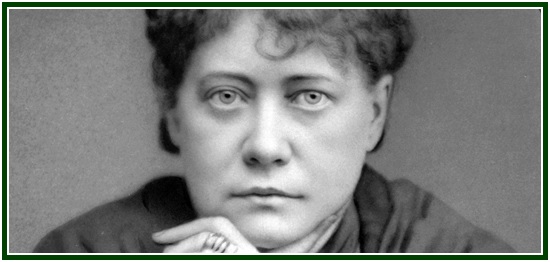
Real Virtue Proceeds From a
Positive Attitude in Thought and Feeling
John Garrigues

Real patience is that calmness or perfect equanimity and equal-mindedness which enables the Spirit in the body to see any situation just for what it is.
But it is also thoughtful and compassionate consideration for all concerned, and has its final true expression in action well regulated accordingly. “Patience sweet that naught can ruffle” [1] is a virtue that grows apace with inner strength and a sense of responsibility carried out in life: it is therefore a positive virtue.
There is no pride in true patience. It works steadily on, and gives to all a free and equal opportunity. A mock modesty and false humility is not patience; but true human dignity and real humility and kindness require it. Great man is he who is strong in the exercise of patience. Perseverance goes hand in hand with patience. Constancy requires it. Assiduity in devotion demands it. No one can do anything really well without it. By the exercise of patience and meditation in the performance of action, all the virtues and faculties are well cultivated.
Patience of the true kind accomplishes all things: it is not just waiting for something to be done, but whatever is or may be achieved that is worthwhile, ’tis patience heaves it on. [2] The human race mind has become so imbued with false or mixed notions regarding ethics that virtues are all too often thought to mean no more than doing or not doing certain things. Consequently they may have been divided into positive or active and negative or passive attributes and concepts, more from a psychic than from a spiritual point of view. Theosophy, on the other hand, shows that real virtue proceeds from a spiritually positive attitude in thought, will and feeling.
Conditions do not improve themselves; they call for prompt first-hand arousal initiative and creative will, of self-induced and self-devised individual and cooperative effort so far as possible.
No honest effort is ever lost, but real patience is required to make it. Further, there is no individual Karma apart from collective Karma or action with all that flows therefrom, and no collective Karma without individuals united to make and feel its effects. That also may take some patience to learn. The faculty for achieving anything is acquired in the doing, is maintained in the doing. If already acquired, but lying latent, it becomes manifest in the accomplishment of the deed itself.
NOTES:
[1] At the beginning of Fragment III, in “The Voice of the Silence”, by H.P. Blavatsky, we can find a list of seven Portals to wisdom, one of them being “KSHANTI, patience sweet, that nought can ruffle”. See p. 52 in the Theosophy Co. edition. (CCA)
[2] ’tis patience heaves it on, or “it is patience [that] heaves it on”. A line from “The Tragedy of Sophonisba”, by James Thomson. (CCA)
000
The article “The Exercise of Patience” was first published in the November 1933 edition of “Theosophy” magazine, in Los Angeles. It had no indication as to the name of the author. On the criteria used to identify articles written by J.G., see the text “Life and Writings of John Garrigues”, by Carlos Cardoso Aveline. It is available at our associated websites.
000
In September 2016, after a careful analysis of the state of the esoteric movement worldwide, a group of students decided to form the Independent Lodge of Theosophists, whose priorities include the building of a better future in the different dimensions of life.
000
E-Theosophy e-group offers a regular study of the classic, intercultural theosophy taught by Helena P. Blavatsky (photo).

Those who want to join E-Theosophy e-group at YahooGroups can do that by visiting https://groups.yahoo.com/neo/groups/E-Theosophy/info.
000